All Science
 China's first female astronaut: Who is she?
China's first female astronaut: Who is she?Liu Yang, a fighter pilot, is slated to become China's first female astronaut to travel into space on Saturday.
 China to send its first female astronaut into orbit
China to send its first female astronaut into orbitThe crew of China's Shenzhou 9 space docking mission to its prototype space station includes Liu Yang, the country's first woman to fly in space.
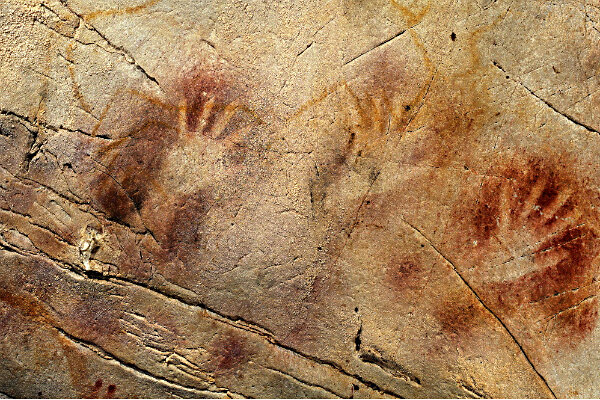 Cave art suggests that Neanderthals weren't such Neanderthals, after all
Cave art suggests that Neanderthals weren't such Neanderthals, after allNew tests of paintings in Spanish caves suggests that they were at least 15,000 years older than previously thought, suggesting that they were created by Neanderthals, not Homo sapiens.
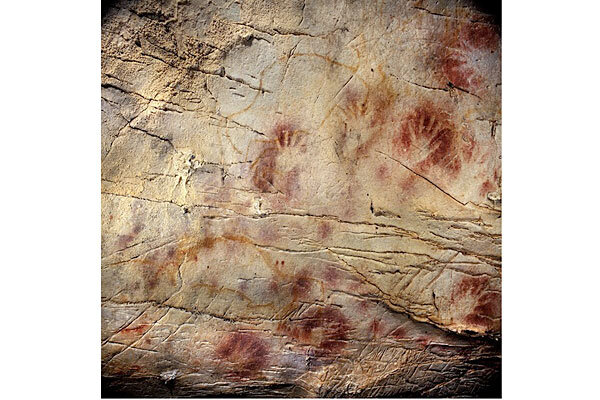 Did Neanderthals create Europe's first cave paintings?
Did Neanderthals create Europe's first cave paintings?New evidence that a series of cave paintings in Spain are thousands of years older than previously thought suggests that Neanderthals, not Homo sapiens, created the artwork.
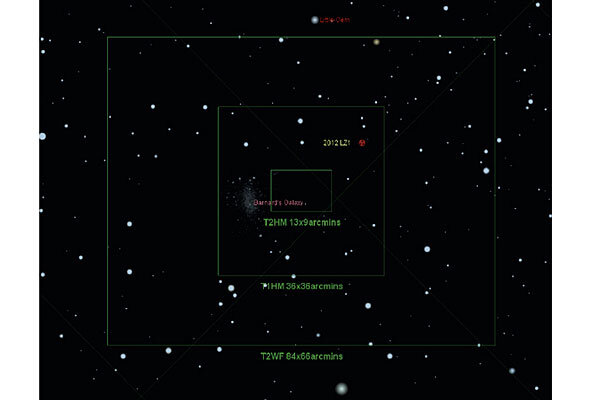 Humongous asteroid to hurtle past Earth Thursday
Humongous asteroid to hurtle past Earth ThursdaySome 1,650 feet wide, asteroid 2012 LZ1 is expected to pass within 14 lunar distances of our planet, close enough to be caught on camera.
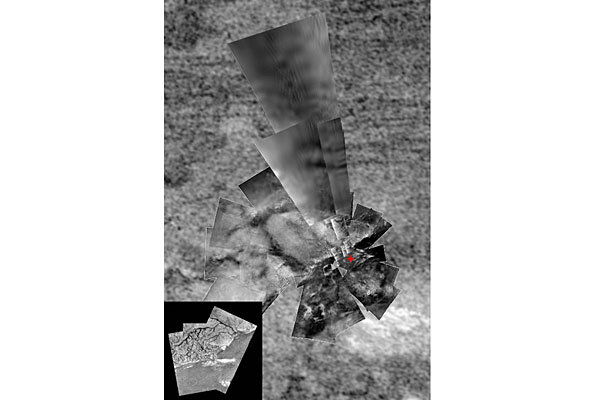 Lake on Saturn's moon could be fed by underground rivers, say scientists
Lake on Saturn's moon could be fed by underground rivers, say scientistsThe discovery of a huge methane lake at tropical latitudes on Titan could help scientists better understand the bizarre atmosphere of Saturn's largest moon,
 Tropical lake on Titan? Surprising find could solve moon's methane mystery.
Tropical lake on Titan? Surprising find could solve moon's methane mystery.Scientists have wondered whether some unseen process replenishes the lakes of liquid methane on Titan, Saturn's biggest moon. A newly found lake suggests intriguing possibilities.
 The bonobo, the non-murderous version of the chimpanzee, gets its genome mapped
The bonobo, the non-murderous version of the chimpanzee, gets its genome mappedThe bonobos, like the chimpanzee, is very closely related to our species. But unlike the chimpanzee, it probably doesn't want to kill you.
 Scientists find humongous methane lake on Saturn's moon
Scientists find humongous methane lake on Saturn's moonThe otherwise dry tropics of Saturn's largest moon, Titan, hold a massive lake of methane that is thought to be fed by underground channels.
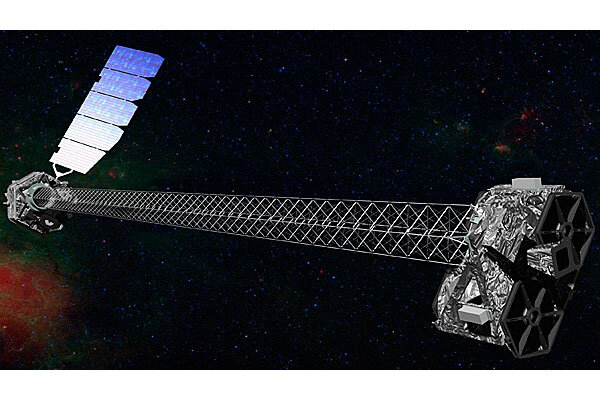 NASA's new telescope to scan skies for black holes
NASA's new telescope to scan skies for black holesScheduled to launch from a Pacific atoll Wednesday, the Nuclear Spectroscopic Telescope Array, or NuStar, will search for X-ray emissions around black holes.
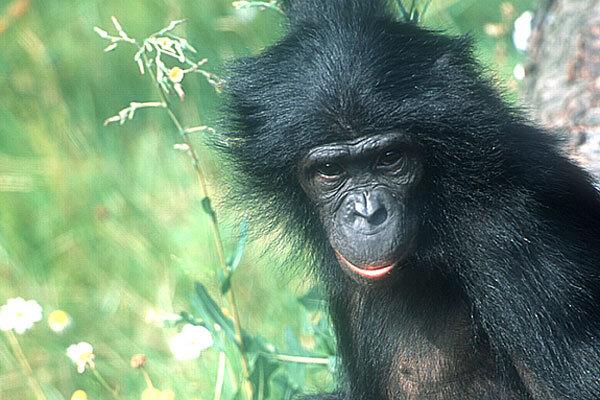 The bonobo, the chimp's sexpot cousin, gets its genome mapped
The bonobo, the chimp's sexpot cousin, gets its genome mappedBonobos are apes that are as closely related to humans as the chimp. But unlike chimpanzees and humans, bonobos resolve most conflicts with sex.
 Indiana University mourns Elinor Ostrom, only woman to win Nobel in economics
Indiana University mourns Elinor Ostrom, only woman to win Nobel in economicsIndiana University professor Elinor Ostrom, the first and only woman to be awarded the Nobel Prize in Economic Sciences, is remembered by her colleagues as 'an irreplaceable and magnificent treasure.'
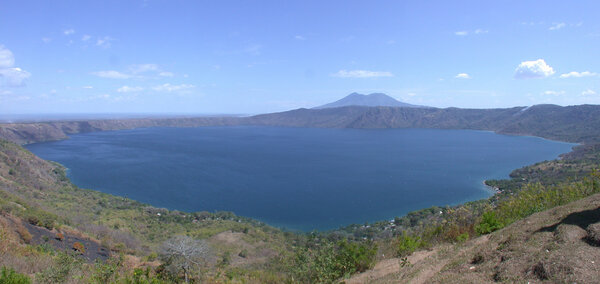 Do volcanoes destroy the ozone layer?
Do volcanoes destroy the ozone layer?Researchers say that a volcanic eruption in Central America could thin the ozone layers for several years.
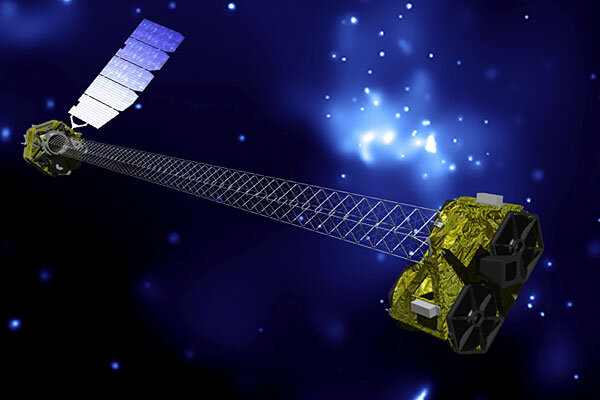 NASA to launch school-bus-sized space telescope to hunt black holes
NASA to launch school-bus-sized space telescope to hunt black holesNASA's $165 million Nuclear Spectroscopic Telescope Array (NuSTAR) mission will scan the skies for X-ray emissions from black holes.
 What goes on at the edge of a black hole? NASA launches NuSTAR to find out.
What goes on at the edge of a black hole? NASA launches NuSTAR to find out.NASA will launch the orbiting X-ray observatory NuSTAR Wednesday in hopes of plunging deeper into the secrets of black holes and supernovae.
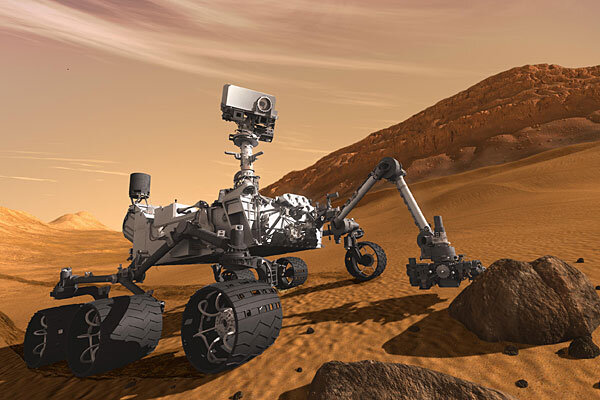 Mars rover to try out new strategy for finding alien life
Mars rover to try out new strategy for finding alien lifeUnlike previous missions to the Red Planet, the Mars Curiosity rover will focus on Martian geology.
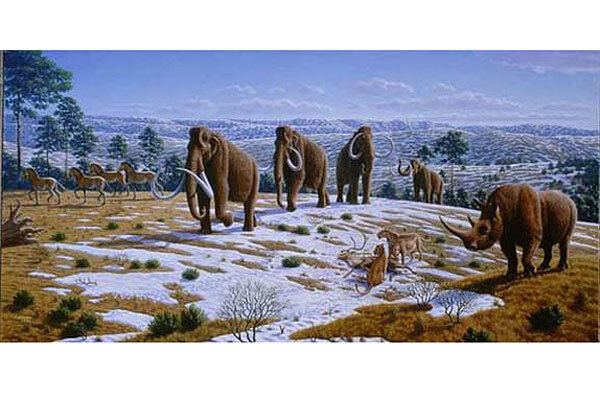 What killed the woolly mammoth? A whole bunch of things, say scientists.
What killed the woolly mammoth? A whole bunch of things, say scientists.A combination of climate change, shifting habitats, and human predation drove the woolly mammoth to extinction, says a new study that rules out a single cause for the creature's demise.
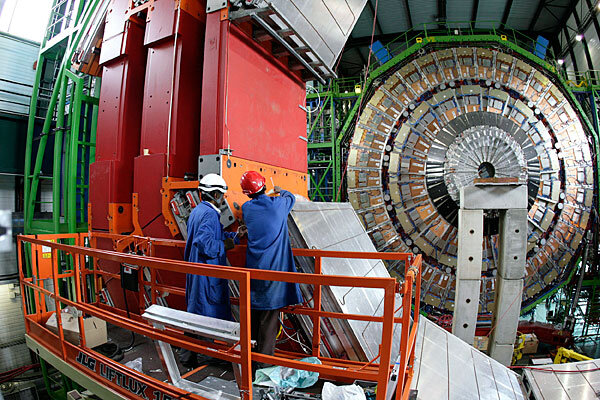 CERN scientists excruciatingly close to discovering Higgs boson
CERN scientists excruciatingly close to discovering Higgs bosonResearchers at the European Organization for Nuclear Research say that they are closer than ever to discovering the elusive, Higgs boson, a particle theorized to be responsible for giving matter the property of mass.
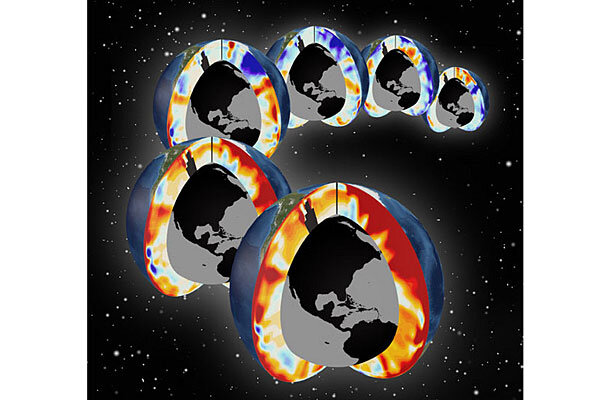 Humans responsible for warming oceans, finds study
Humans responsible for warming oceans, finds studyA computer modeling study has ruled out natural fluctuations as an explanation for 50 years of rising temperatures in the upper layers of our planet's oceans.
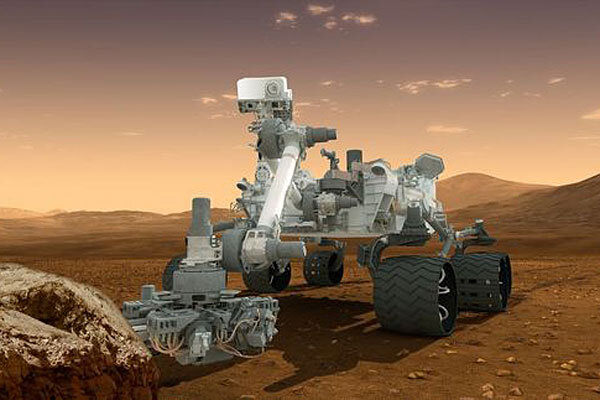 How NASA's Curiosity rover could 'discover' Teflon on Mars
How NASA's Curiosity rover could 'discover' Teflon on MarsTeflon from the drill on NASA's Curiosity rover could contaminate Martian soil, say scientists, creating misleading evidence of an ancient alien civilization that had developed nonstick cookware.




















